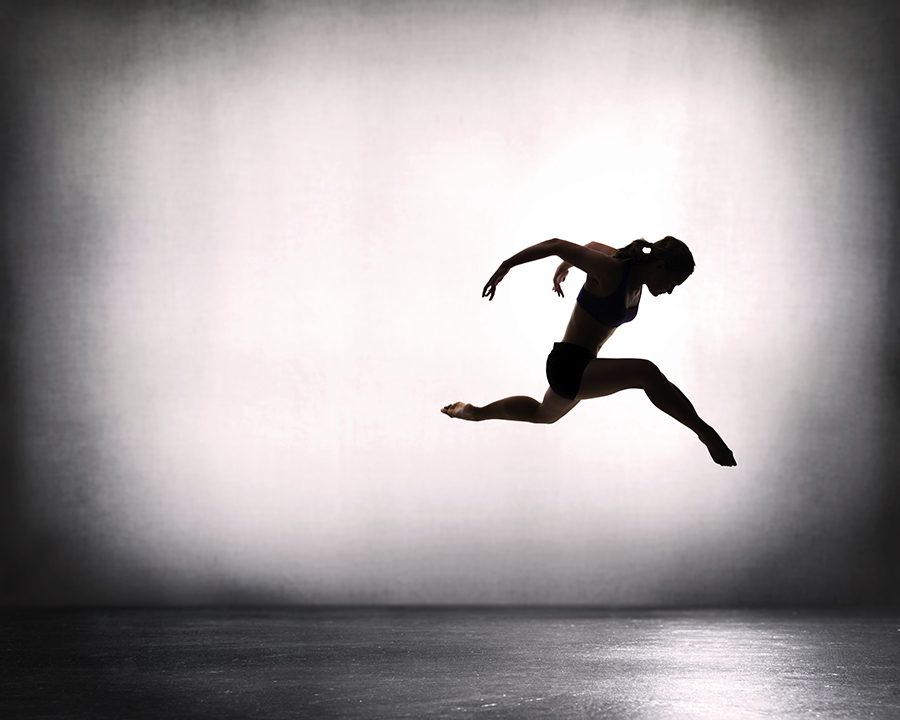Movement Therapy for Addiction

By Cheryl Steinberg
You can often find “holistic” doctors nowadays as more and more understanding has developed when it comes to treating the things that ail us. And the same goes for drug and alcohol treatment. Holistic medicine – which is even recognized by the more traditional, westernized mode of medicine – treats the person as a whole being, addressing mind, body, and spirit to achieve the best treatment outcomes. Meaning: to help the person to feel whole, healthy, and happy again.
There are all kinds of therapies out there besides the traditional ones like Cognitive Behavioral Therapy (CBT). For instance, just yesterday, we wrote about music therapy and, a few days before that, about laughter therapy.
Today, we’re writing about dance and movement therapy and how it can support you in your recovery.
Movement Therapy for Addiction
Emma Barton is a dance/movement and yoga therapist who practices body-based psychotherapy. She teaches at Lesley University in Cambridge, Mass., using movement to help people who are dealing with addiction. Barton offers one-on-one sessions with clients as well as a weekly mindfulness-based movement therapy session, which teaches the participants mindfulness in witnessing both their internal and external experiences.
“People who are struggling with addiction are uncomfortable with change, and are used to repeating behaviors over and over again. At the same time, they are aware that these repeating behaviors don’t serve them, but they find it nearly impossible to stop the cycle without help,” says Barton. “Movement-based therapies help them become aware of what they can and cannot control. When you learn to be a witness, you can begin to nonjudgmentally observe your internal emotional and sensory experiences, as well as recognize how your behaviors impact your external environment.”
Addiction and Movement Therapy: Learning to Be Present
Barton structures her sessions in such a way as to teach addicts presence of mind through the process of movement. “A lot of times addictive processes are tied to anxiety about the future or something that hasn’t happened yet, or about how you think you are perceived through the eyes of someone else. When you ask a client to become aware of their physical or sensory experience in the moment, it reminds them to redirect out of that anxiety state into a more manageable and realistic place, the present moment,” Barton notes.
Movement Therapy Embraces the Holistic Approach
While traditional psychotherapy generally focuses on cognitive processes, again think CBT, when it comes to addiction, it at the same time discounts the relevance and intelligence of the body. But dance/movement therapists are trained to be aware of and integrate both body and mind, recognizing that the body has its own intelligence and can be more authentic in expressing an internal state of being.
“Anxiety is a felt sense—there is something happening in the body, and that’s how it is recognized. We rarely pay attention to the sensory experiences that are informing us because we cognitively label them rather than fully explore them. What we should do is learn to stay more present to the intelligence of the body rather than get lost in thoughts of fear and mind-reading,” says Barton.
Mark is a 60 year old client of Barton’s. He began taking opiates at 13 to numb out abuse and also as a result of his childhood trauma, struggles with post-traumatic stress disorder (PTSD). “I found that 12 steps, SMART recovery, and group therapies didn’t resonate with me. When I met Emma, she brought meditation and body-center movement to treatment,” he says. “I think PTSD is the real reason behind my drug problems, and so the physical body centered stuff seems to really be effective for me. After so many years of doing opiates I forget about basic needs like food, sleep, and being in the moment, and like many opiate addicts, I internalize the societal labeling of being a useless junkie. I get in my head too much and it just doesn’t work, but staying centered in my body brings me out of my head and forces me to work through unpleasant feelings from my past,” he says.
Typically, a movement-therapy session with Barton involves her giving directives that help her clients to be in the present moment and have the mindfulness to even notice that. She asks her clients questions about their physical sensations and expressions, prompting them to connect to the present moment, which teaches them that they have the ability to change their internal experience through the combined effort of movement and self-awareness.
“People who experience substance addiction have a difficult time with self-regulation. Through experiential processes, a person experiencing substance addiction can learn methods to redirect uncomfortable sensations, feelings and thoughts back to the present moment, which is the only place that they can directly impact,” explains Barton.
If you or someone you love is struggling with substance use disorder or addiction, there are multiple ways to get help. At the Orchid Recovery Center for women, we offer a combination of holistic and traditional modalities in order to reach the best treatment outcomes for the women we serve. Please call toll-free 1-800-777-9588.
